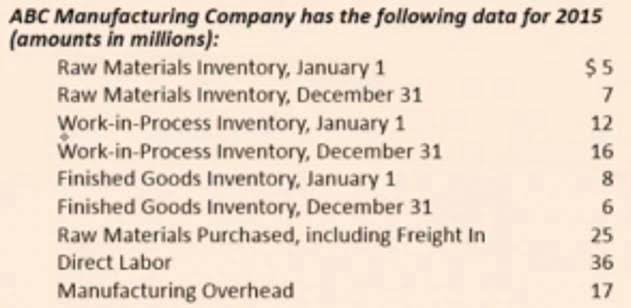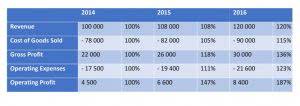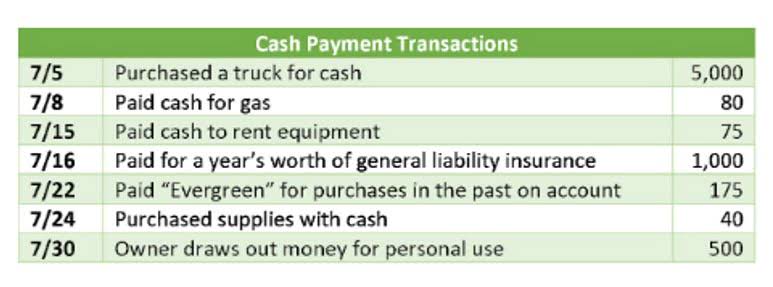
In this article, we will discuss the importance of nonprofit cash flow statements, key takeaways when reading them, and some tips for using them. A nonprofit’s expenses usually include all cash flowing out of the organization during the period. Plus costs incurred but not yet paid, like payroll that won’t be paid until next month or net sales vendor invoices with 30-day terms.

Data Collection and Preparation

Depicted on a nonprofit cash flow statement, they allow leadership and stakeholders to understand how effective they are in managing financial resources. Like any organization, nonprofits have operating expenses to consider—which means that nonprofit cash flow statements are a vital Law Firm Accounts Receivable Management part of the organization’s financial considerations. By focusing on thorough data collection and preparation, nonprofits can lay a strong foundation for accurate and effective cash flow management using the Direct Method.

Key Ways Nonprofits Can Make a Profit and Generate More Revenue
- Save the Children has made a wise decision to include a statement to address these concerns.
- It allows for proactive management of cash resources, ensuring there is sufficient cash on hand to meet obligations and support mission-critical activities.
- Most organizations compile the three reports above annually rather than monthly like the statement of cash flows.
- To prepare this section, you need to start with net income or net loss, which comes from your income statement (statement of activities).
- This section reflects how the organization raises capital and repays it, including changes in debt levels and contributions that are restricted for long-term use.
It not only ensures a clear picture of financial health but also enhances strategic decision-making capabilities. Understanding where cash comes from and where it goes can help leaders make nonprofit statement of cash flows informed decisions that align with their mission and long-term goals. Nonprofits must file financial statements with the IRS to follow compliance laws, which is not the only reason they should include these activities. Providing detailed financial statements and an explanation of how these details help the organization and its beneficiaries strengthens relationships with donors and opens up opportunities to solicit significant gifts.
Annual Report
The final step in drafting a comprehensive statement of cash flows using the indirect method involves including supplemental information that provides further insights into the financial activities of the nonprofit. This includes specific details on the cash paid for interest and taxes, which are significant because they reflect actual cash transactions affecting the financial health of the organization. Noncash investing and financing activities that are unique to not-for-profit entities include contributions of (1) property and equipment, (2) beneficial interest in trusts and (3) marketable securities. By proactively addressing these common challenges and applying rigorous practices, nonprofits can enhance the accuracy and integrity of their cash flow statements prepared using the Direct Method. This not only aids in better financial management but also bolsters the confidence of donors, board members, and other stakeholders in the organization’s financial health.

Accounting
- The final step in drafting a comprehensive statement of cash flows using the indirect method involves including supplemental information that provides further insights into the financial activities of the nonprofit.
- The requirements vary based on the size of the organization, the amount of funding they receive, and specific state or grant-imposed criteria.
- The structure and amount of these dues can vary widely depending on the organization’s objectives, the value proposition for members, and the targeted demographic.
- As the nonprofit sector continues to evolve, with increasing demands for accountability and efficiency, adopting rigorous financial analysis and reporting practices becomes more crucial.
Crafting comprehensive, professional financial statements tailored to meet nonprofit standards requires an understanding of required elements like the statement of financial position, activities, cash flows and more. The next critical step in preparing the statement of cash flows using the indirect method involves adjusting the starting cash figure (adjusted net income) for changes in operating assets and liabilities. This step is crucial for translating the accrual-based net income into a cash-based figure that accurately reflects the actual cash inflows and outflows during the reporting period. These adjustments are fundamental in the indirect method, converting the accrual basis net income into the cash basis net cash provided by (or used in) operating activities.

